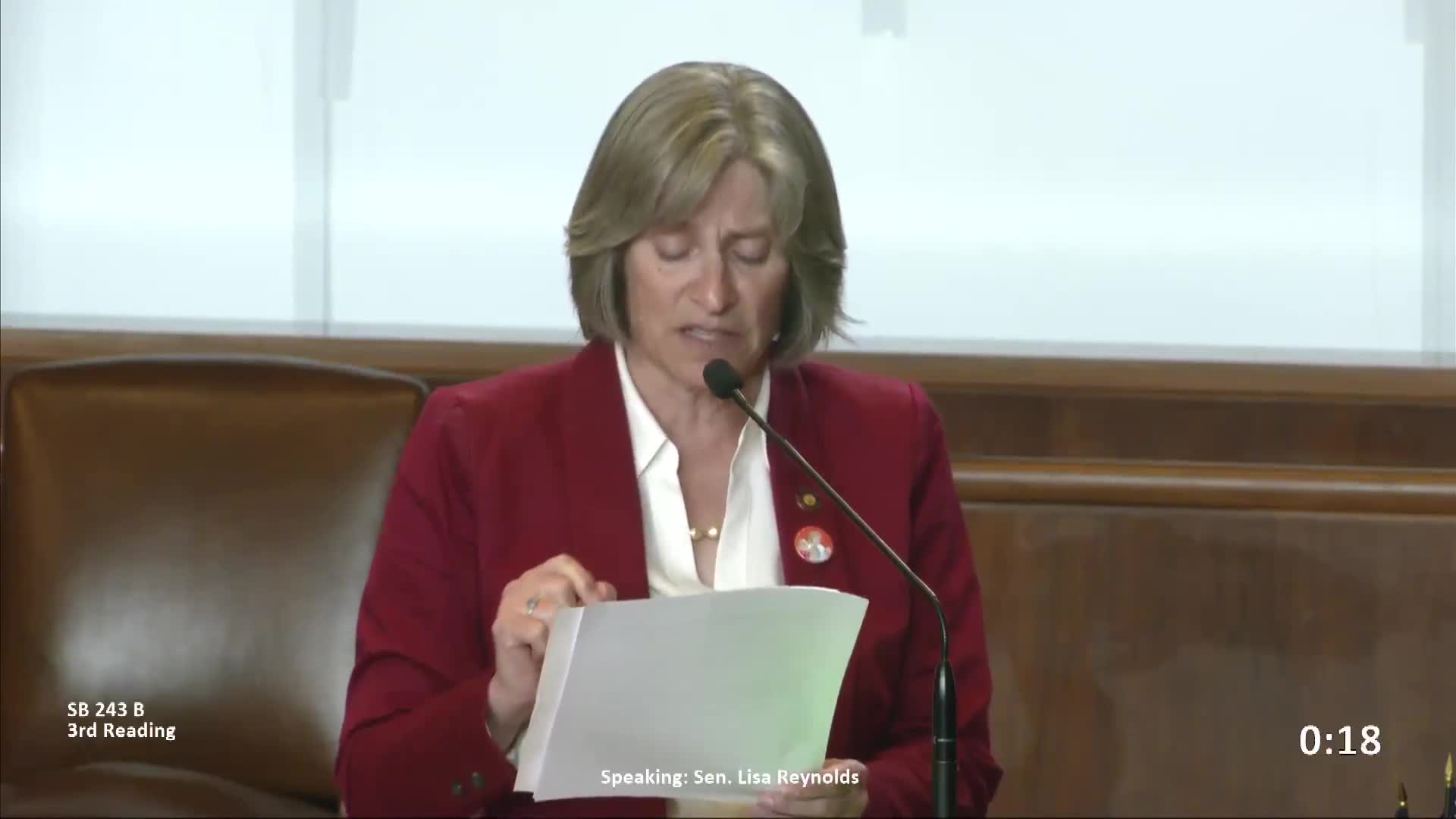Justice Sotomayor Dissent Advocates Machine Gun Definition Amid Bump Stock Debate
May 29, 2025 | Senate, Committees, Legislative, Oregon
This article was created by AI summarizing key points discussed. AI makes mistakes, so for full details and context, please refer to the video of the full meeting. Please report any errors so we can fix them. Report an error »

In a recent government meeting held by the Oregon Legislature, significant discussions emerged regarding the interpretation of firearm regulations, particularly focusing on the classification of machine guns and the implications of bump stocks. This meeting comes at a time when gun control remains a pressing issue across the nation, reflecting ongoing debates about public safety and legislative authority.
One of the key points raised during the meeting was a dissenting opinion from Justice Sonia Sotomayor, who emphasized the need for clarity in statutory language. She likened the classification of firearms to identifying a bird by its characteristics, stating, "when I see a bird that walks like a duck, swims like a duck, and quacks like a duck, I call that bird a duck." This analogy underscores her argument that certain firearms, despite technical definitions, should be recognized for their functional similarities to machine guns.
Justice Samuel Alito, while aligning with the majority opinion, acknowledged that a semi-automatic rifle equipped with a bump stock can have lethal effects comparable to those of a machine gun. His comments highlight a critical intersection between legal definitions and real-world implications, suggesting that even if a firearm does not meet the strict technical criteria of a machine gun, its potential for harm remains significant.
Furthermore, both Alito and Justice Clarence Thomas indicated that Congress holds the authority to legislate against bump stocks, suggesting a pathway for future regulatory actions. This discussion reflects a broader legislative responsibility to address the evolving landscape of firearm technology and its impact on public safety.
As the Oregon Legislature continues to navigate these complex issues, the implications of their discussions could resonate beyond state lines, influencing national conversations about gun control and legislative action. The meeting not only sheds light on the intricacies of firearm classification but also emphasizes the ongoing need for clear and effective legislation in the face of changing technologies and societal concerns.
One of the key points raised during the meeting was a dissenting opinion from Justice Sonia Sotomayor, who emphasized the need for clarity in statutory language. She likened the classification of firearms to identifying a bird by its characteristics, stating, "when I see a bird that walks like a duck, swims like a duck, and quacks like a duck, I call that bird a duck." This analogy underscores her argument that certain firearms, despite technical definitions, should be recognized for their functional similarities to machine guns.
Justice Samuel Alito, while aligning with the majority opinion, acknowledged that a semi-automatic rifle equipped with a bump stock can have lethal effects comparable to those of a machine gun. His comments highlight a critical intersection between legal definitions and real-world implications, suggesting that even if a firearm does not meet the strict technical criteria of a machine gun, its potential for harm remains significant.
Furthermore, both Alito and Justice Clarence Thomas indicated that Congress holds the authority to legislate against bump stocks, suggesting a pathway for future regulatory actions. This discussion reflects a broader legislative responsibility to address the evolving landscape of firearm technology and its impact on public safety.
As the Oregon Legislature continues to navigate these complex issues, the implications of their discussions could resonate beyond state lines, influencing national conversations about gun control and legislative action. The meeting not only sheds light on the intricacies of firearm classification but also emphasizes the ongoing need for clear and effective legislation in the face of changing technologies and societal concerns.
View full meeting
This article is based on a recent meeting—watch the full video and explore the complete transcript for deeper insights into the discussion.
View full meeting
